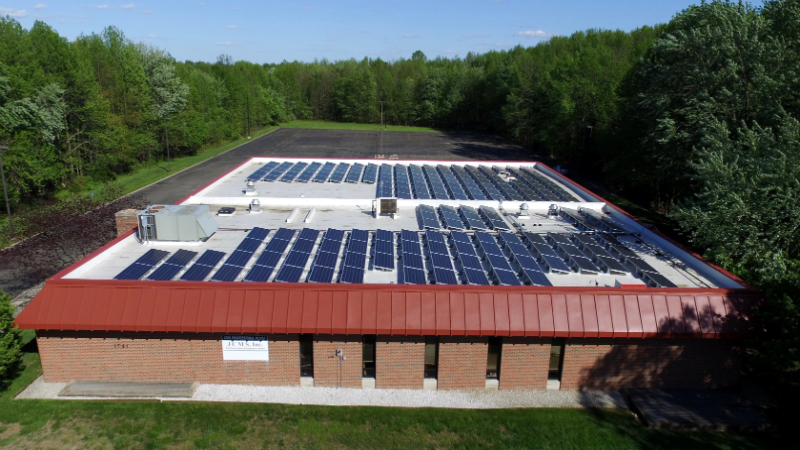If you call Massachusetts home and have recently built a home or undergone extensive renovations on a commercial building you own, it’s likely you’ve heard about the stretch code, a method the states used to help make homes and businesses more energy efficient. The way the legislation currently reads, in communities where the code has been enforced, homes currently being built and commercial buildings going through renovations requiring a new building code will have to adhere to some strict regulations regarding insulation, air barrier inspections, performance testing, thermal bypass requirements. Although the cities haven’t been required to adhere to the code, the fact that compliance makes the town eligible for some Green Grants has been the incentive needed for most of the towns states take part in the stretch code program. The state grants add up to a significant amount of money.
When people first heard of the stretch code, there was some anxiety. Anyone who was about to start working on a major project which would be influenced by the change, worried about the possibility of their prices skyrocketed. Contractors did not share these concerns. When they read through the stretch code the contractors realized most of the things stipulated in the code were things the contractor did. If the contractor did have to make some changes, the cost would be minimal. At most the actual cost wouldn’t increase more than 3%. While this increase in cost might trigger give some individuals thinking about making renovations to their commercial building cause for hesitation, energy experts have crunched the numbers and discovered the cost will be recouped in less than a year.
The great thing about the stretch code is how everyone involved benefits. Home and business owners will notice an almost immediate decrease in the amount of money they would have spent on their monthly utility bills if things like the better insulation had not been used and the thermal bypasses hadn’t been required. This will be money will now be available to be pumped back in the local economy. Instead of paying a higher electricity bill, residents will have money available to spend a little more on locally grown produce and nearby events. The grants the community receives for taking part in the stretch program goes to making improvements in the way the town uses energy, generating more savings for the community. Best of all, the reduced energy will eventually cause the Massachusetts environment to become healthier and safer for all residents.
Right now, Massachusetts is the only state with a stretch code, though, considering how well received the program has been, there’s a good chance more and more states will start looking into setting up similar programs.
The experts at Energy Code Help work with Massachusetts builders and home owners to help them understand stretch code Hopkinton MA. More information can be found at Home Energy Raters LLC
